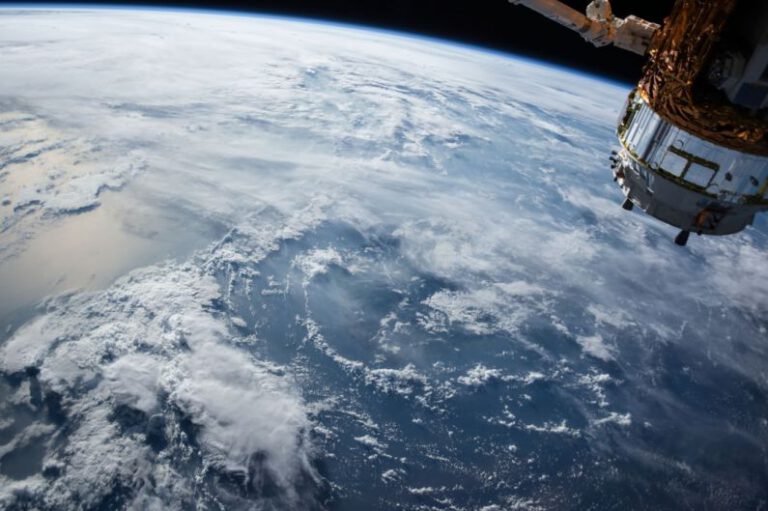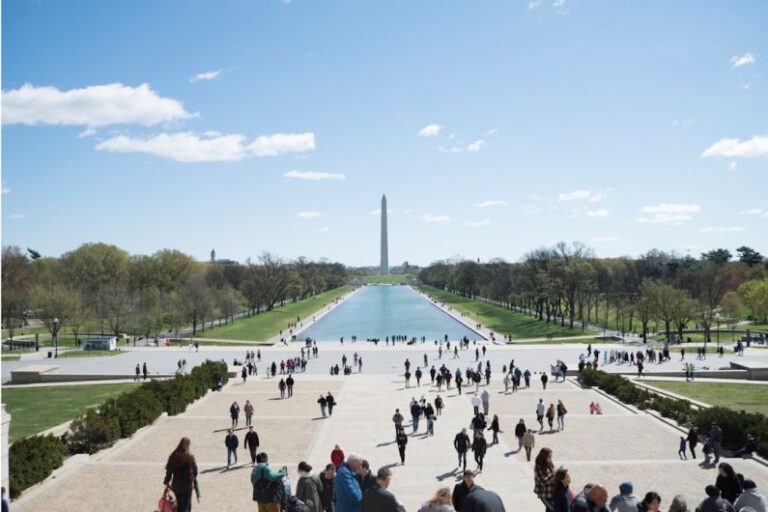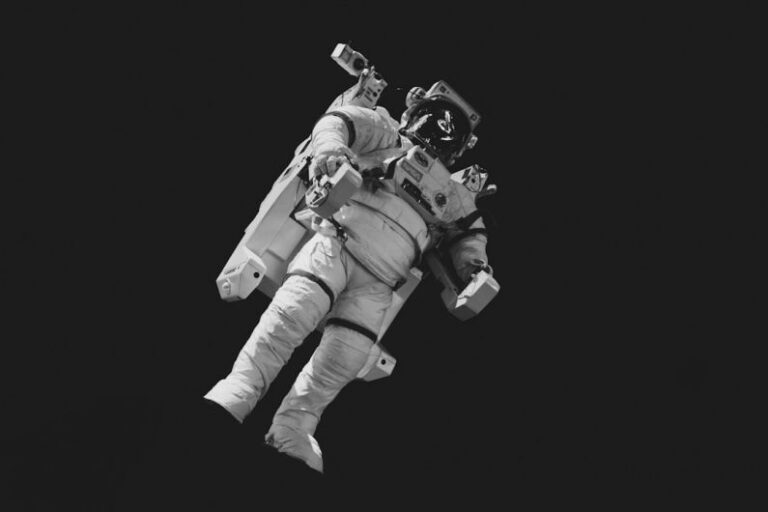Asteroid Defense: Protecting Earth from Cosmic Threats
Asteroids, the remnants of the early solar system, pose a significant threat to life on Earth. These cosmic bodies, ranging in size from a few meters to several kilometers, have the potential to cause widespread destruction if they were to impact our planet. While the likelihood of a catastrophic asteroid strike is low, the consequences would be devastating. In the face of this cosmic threat, scientists and researchers are actively working on developing strategies to protect Earth from asteroid impacts.
Understanding the Threat
Asteroids are rocky bodies that orbit the Sun, primarily located in the asteroid belt between Mars and Jupiter. Occasionally, the gravitational forces of the planets can cause asteroids to be ejected from their orbits, putting them on a collision course with Earth. The impact of a large asteroid could result in a global catastrophe, leading to widespread destruction, climate change, and mass extinctions.
Detection and Tracking
One of the key components of asteroid defense is the early detection and tracking of potentially hazardous objects. Scientists use ground-based telescopes and space-based observatories to search for asteroids that may pose a threat to Earth. By tracking the orbits of these objects, researchers can predict their future paths and assess the risk of impact.
Planetary Defense Coordination Office
In 2016, NASA established the Planetary Defense Coordination Office (PDCO) to lead the agency’s efforts in detecting, tracking, and characterizing near-Earth objects (NEOs). The PDCO works in collaboration with international partners to improve our understanding of the asteroid threat and develop strategies for planetary defense.
Mitigation Strategies
In the event that an asteroid is on a collision course with Earth, several mitigation strategies have been proposed to deflect or destroy the incoming object. One approach is the kinetic impactor method, where a spacecraft is sent to collide with the asteroid, altering its trajectory. Another strategy involves using a gravity tractor, where a spacecraft flies alongside the asteroid, using its gravitational pull to slowly change the object’s path.
Technological Advancements
Advancements in technology have significantly improved our ability to detect and track near-Earth asteroids. Ground-based telescopes equipped with advanced imaging systems can scan the sky for faint objects, while space-based telescopes like the James Webb Space Telescope provide a clearer view of the cosmos. These technological tools enhance our ability to monitor the skies and identify potential threats.
International Cooperation
Addressing the asteroid threat requires global cooperation and coordination. International organizations such as the United Nations Office for Outer Space Affairs (UNOOSA) work to promote collaboration among countries in efforts to protect Earth from cosmic hazards. By sharing resources, data, and expertise, nations can collectively enhance their ability to detect and mitigate asteroid threats.
Public Awareness and Education
Raising public awareness about the asteroid threat is crucial in garnering support for planetary defense initiatives. Educational programs, public outreach events, and media campaigns can help inform people about the risks posed by asteroids and the importance of investing in asteroid defense technologies. By engaging the public, we can foster a greater sense of urgency and unity in addressing this cosmic threat.
Conclusion: Safeguarding Our Future
Protecting Earth from asteroid impacts is a complex and ongoing challenge that requires a multi-faceted approach. By investing in detection, tracking, and mitigation strategies, we can better prepare for potential cosmic threats and safeguard our planet for future generations. Through international cooperation, technological advancements, and public awareness efforts, we can work together to ensure that Earth remains safe from the dangers of the cosmos. As we continue to explore the heavens, let us also strive to protect our home planet from the unpredictable forces of the universe.






